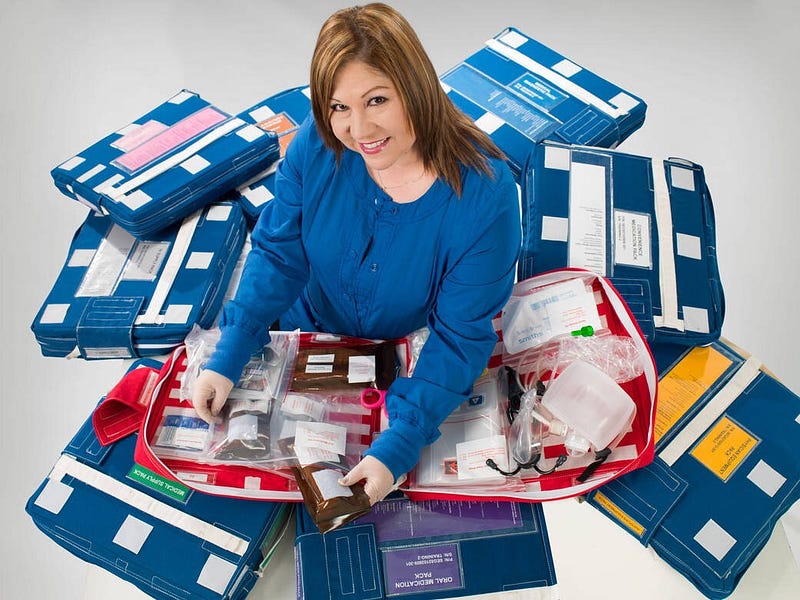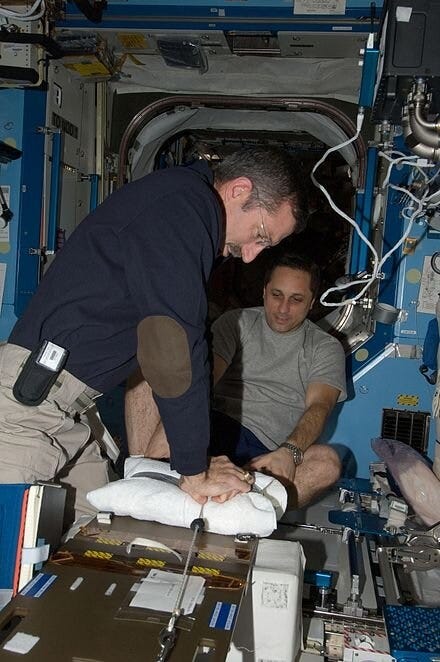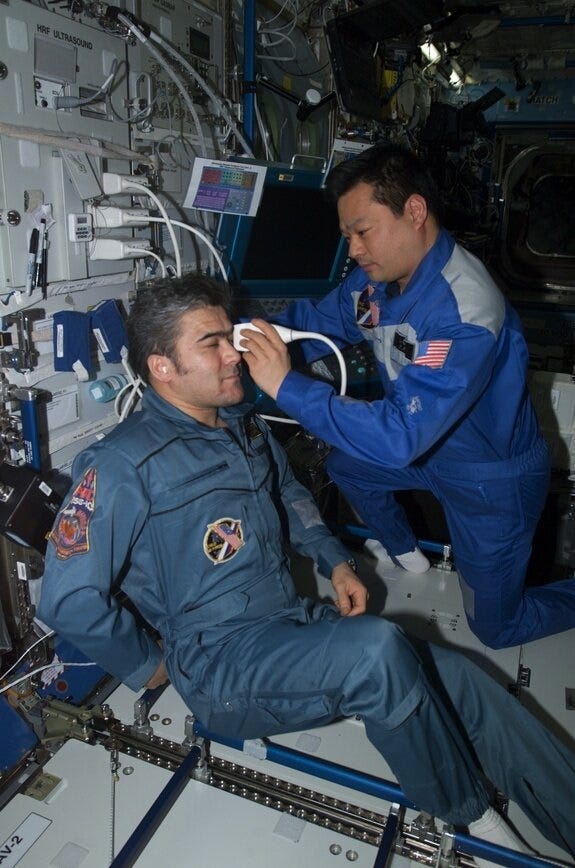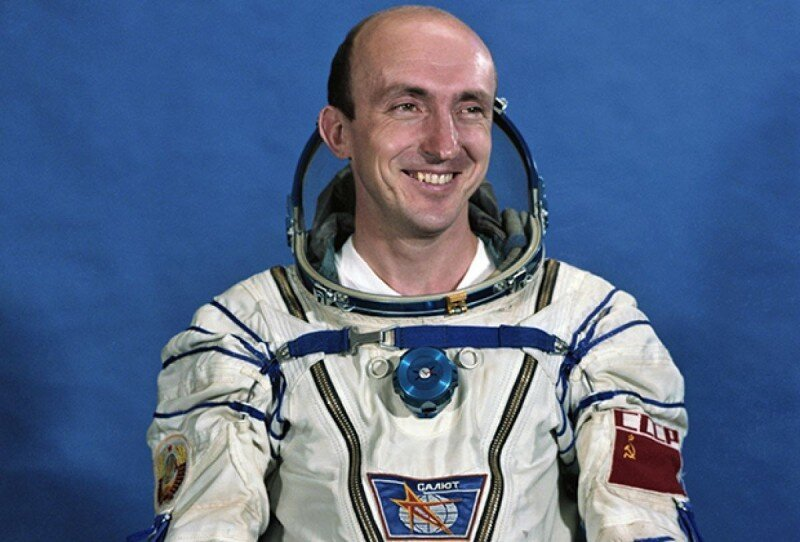# Managing Astronaut Health in Space: An In-Depth Look
Written on
Chapter 1: Introduction to Space Health Risks
What occurs when an astronaut faces a serious health issue while in space? One of our subscribers posed this intriguing question: What protocols are in place if an astronaut becomes gravely ill during a mission?
Preventive measures are paramount in space travel. Astronauts undergo extensive medical evaluations before their missions. Individuals with existing health concerns or those deemed at risk are typically disqualified from flying. To further mitigate health risks, astronauts also participate in a quarantine period prior to launch to prevent any transmission of infections from Earth.

Chapter 2: Medical Preparedness on the ISS
While complete prevention of health problems in space is unrealistic, the International Space Station (ISS) is equipped with a medical unit stocked with various drugs and essential medical equipment, including defibrillators and surgical tools. Additionally, around 10% of astronauts have received medical training, ensuring that a qualified individual is usually aboard the ISS. On the ground, NASA and Roscosmos maintain a 24/7 helpline for medical consultation.

Chapter 3: Response to Medical Emergencies
Depending on the seriousness of the medical issue, astronauts may receive treatment onboard or, in severe cases, be evacuated to Earth via the Soyuz spacecraft. NASA categorizes medical emergencies into three classes:
- Class I: Minor issues that don’t impact the mission or require treatment, such as a mild sprain or dislocation.
- Class II: More serious conditions that can be managed with resources available on the ISS but may necessitate evacuation, such as fractures or cardiac issues.
- Class III: Critical problems requiring immediate return to Earth, including severe burns, pneumonia from toxic inhalation, or acute appendicitis.
In such urgent scenarios, a crew member will be evacuated aboard the Soyuz capsule, accompanied by two other astronauts.

Chapter 4: Historical Medical Incidents in Space
Medical issues have been a recurring theme in space missions. From 1981 to 1998, astronauts aboard American shuttles experienced nearly 2,000 medical issues, with over half attributed to the body’s adaptation to microgravity and nutritional challenges.

Additionally, there were reports of over 150 skin injuries, more than 100 dislocations and fractures, and numerous instances of infections. The statistics for Soviet and Russian cosmonauts are comparable, given their extensive flight history.
Several astronauts have had to return prematurely due to medical issues. Notably, American astronauts faced evacuations for kidney stones and heart arrhythmias, while a Soviet cosmonaut had to be evacuated due to chronic prostatitis. Vladimir Vasyutin, who concealed his chronic condition, faced severe repercussions, leading to his evacuation and disruption of several scientific experiments.

Vasyutin’s situation resulted in changes to pre-flight medical protocols, famously leading to the implementation of the "Vasyutin test" for prostate health.
Explore the challenges and protocols surrounding astronaut health emergencies in space with this insightful video titled "Getting Sick in Space."
Delve into the considerations for astronaut health with the video "What If An Astronaut Gets Sick In Space?"
In conclusion, medical issues in space are not uncommon, and robust systems are in place to address them. For more articles about space-related topics, subscribe to our channel and feel free to ask your questions for future discussions. If you appreciate our content, consider supporting us on Medium for just $5 a month to help us enhance our offerings.